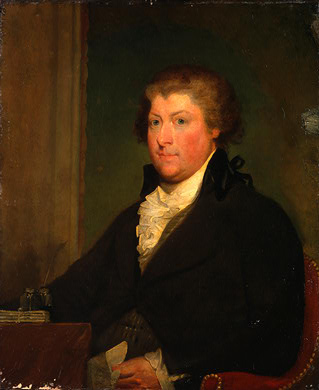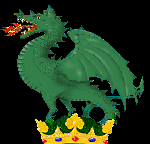 William
Seton, of New York
William
Seton, of New York
William Seton (1746-1798), belonged to
the impoverished noble Scottish family and emigrated to New York
in 1758. He became superintendent and part owner of the
iron-works of Ringwood, N.J. He was a loyalist, and the last Royal
Public Notary for the city and province of New York during the
war. His silver notarial seal, dated 1779, is still in the
possession of his family. He was financially ruined at the close
of the Revolution, but remained in NY, where he founded the once
famous mercantile house of Seton, Maitland & Co.
William's oldest
son, William Magee Seton, married Elizabeth Ann Bayley in 1793.
She was later to become the first American Catholic Saint, St.
Elizabeth Ann Seton.
William and Elizabeth had five children, two sons and three
daughters. After the death of William Sr in 1798, they
assumed care for William's seven siblings. He assumed
control of the Seton Shipping business, however, due to his
ill-health he poorly managed it and the family business failed. In 1803,
due to a developing tuberculosis, he and Elizabeth went to Italy
to visit the Filicchi family for a vacation, but was placed in
quarantine for almost a month. He died two weeks later at
the Filicchi home in Pisa on Dec. 27th, 1803.
William and
Elizabeth's oldest son, William Seton, was an officer in the
United States navy. He was recognized by Burke's "Peerage " as the
head of the ancient family of the Setons of Parbroath, senior
cadets of the Earls of Winton in Scotland. His son, author
William Seton, was born in New York city, 28 January, 1835. He was educated at Mount St. Mary's college, Emmittsburg, Maryland, and by private tutors, and served as
captain of the 4th New York volunteers during the first part of
the civil war until he was disabled by wounds that he received at Antietam. He was a frequent contributor to periodicals and
journals, and published "Romance of the Charter Oak"
"The Pride of Lexington; a Tale of the American Revolution " ; and
other works.
